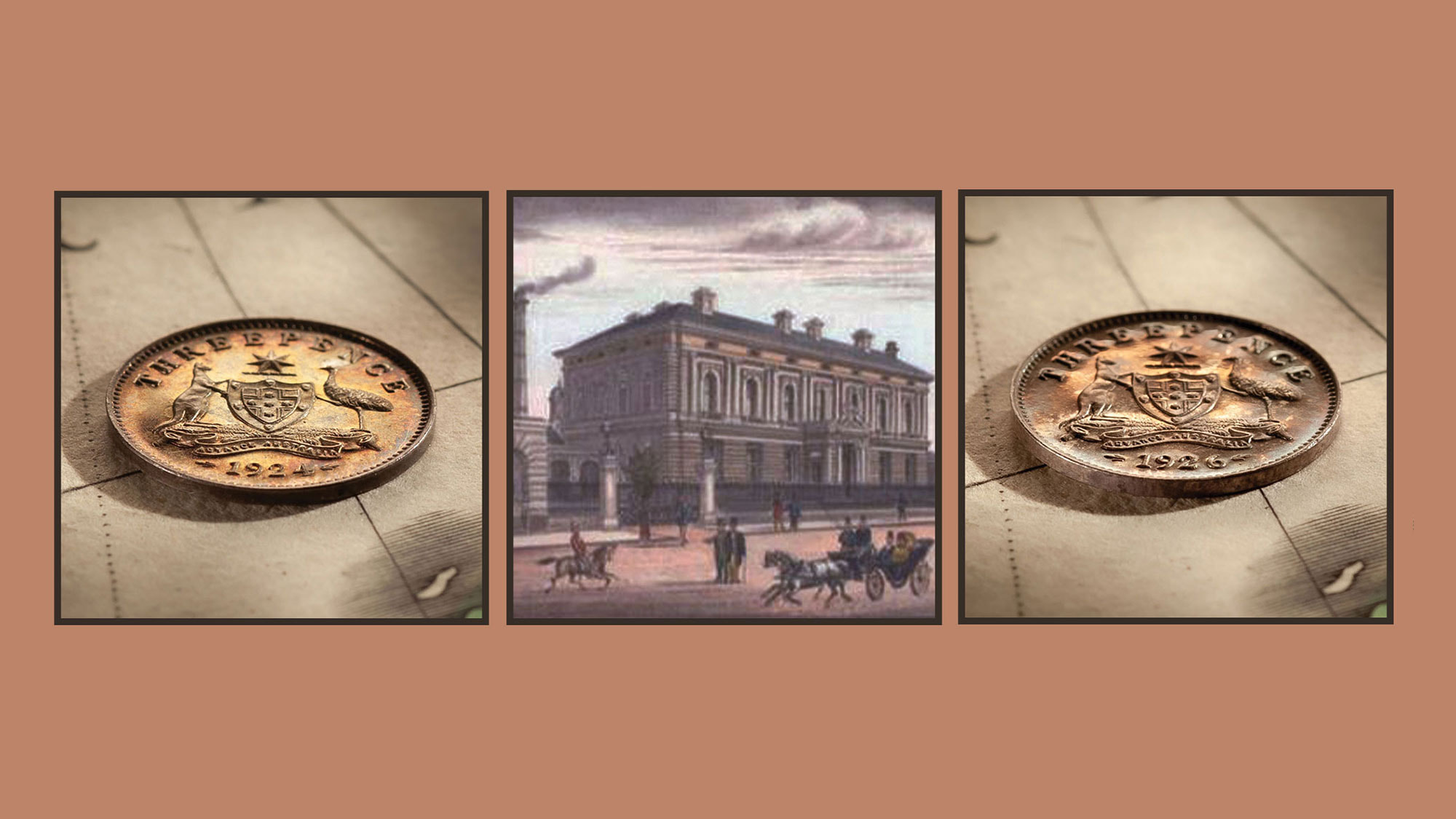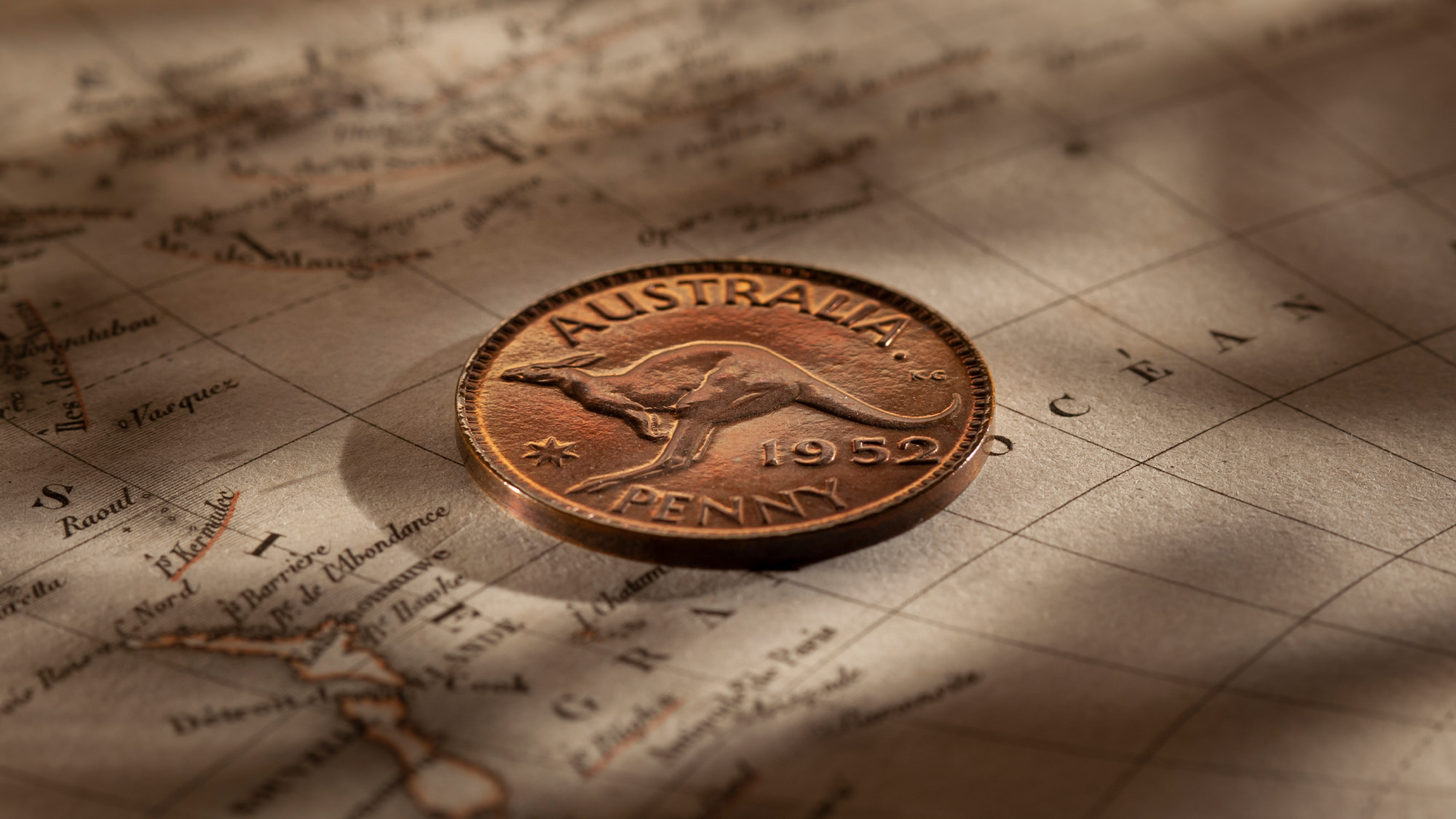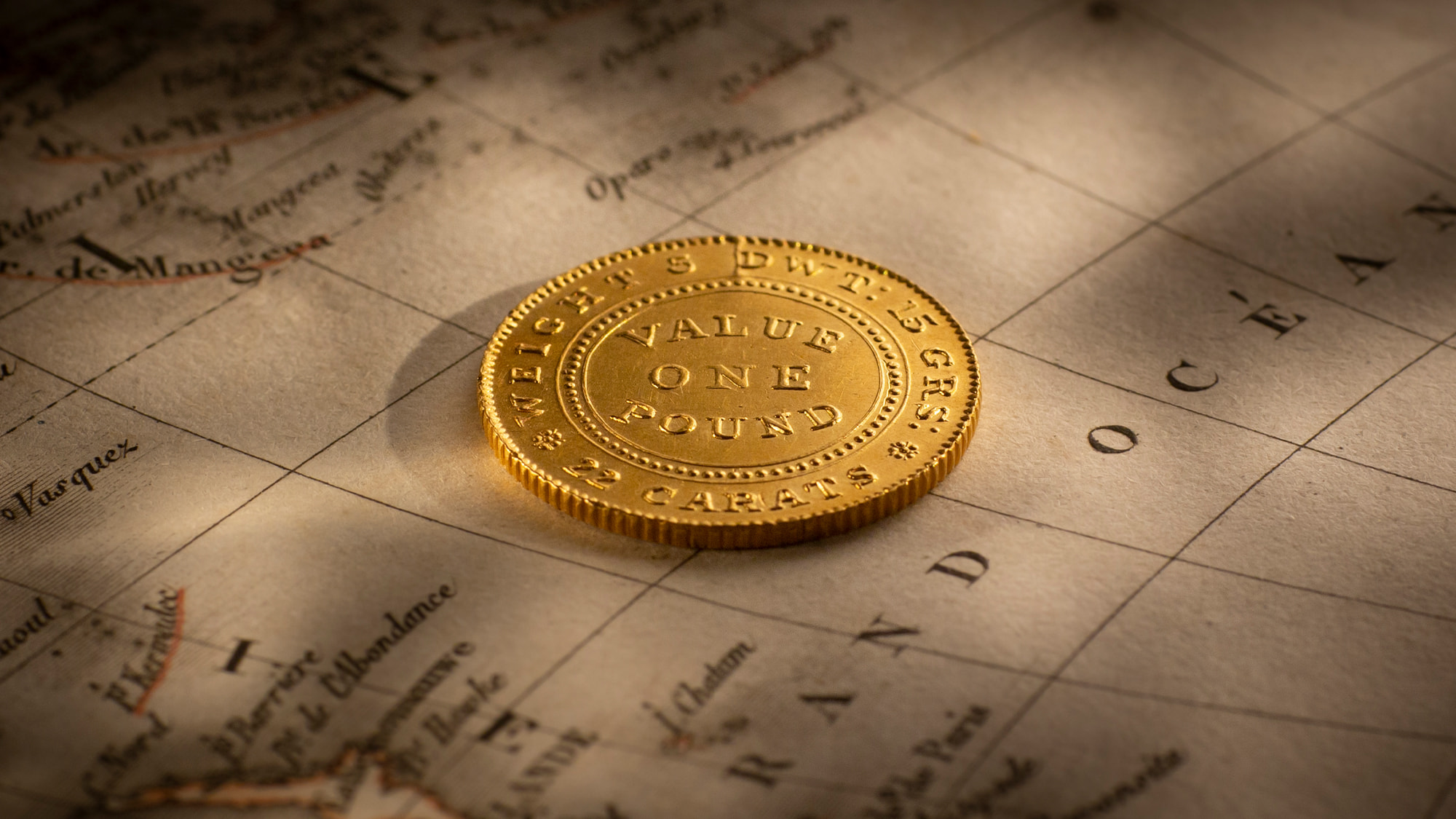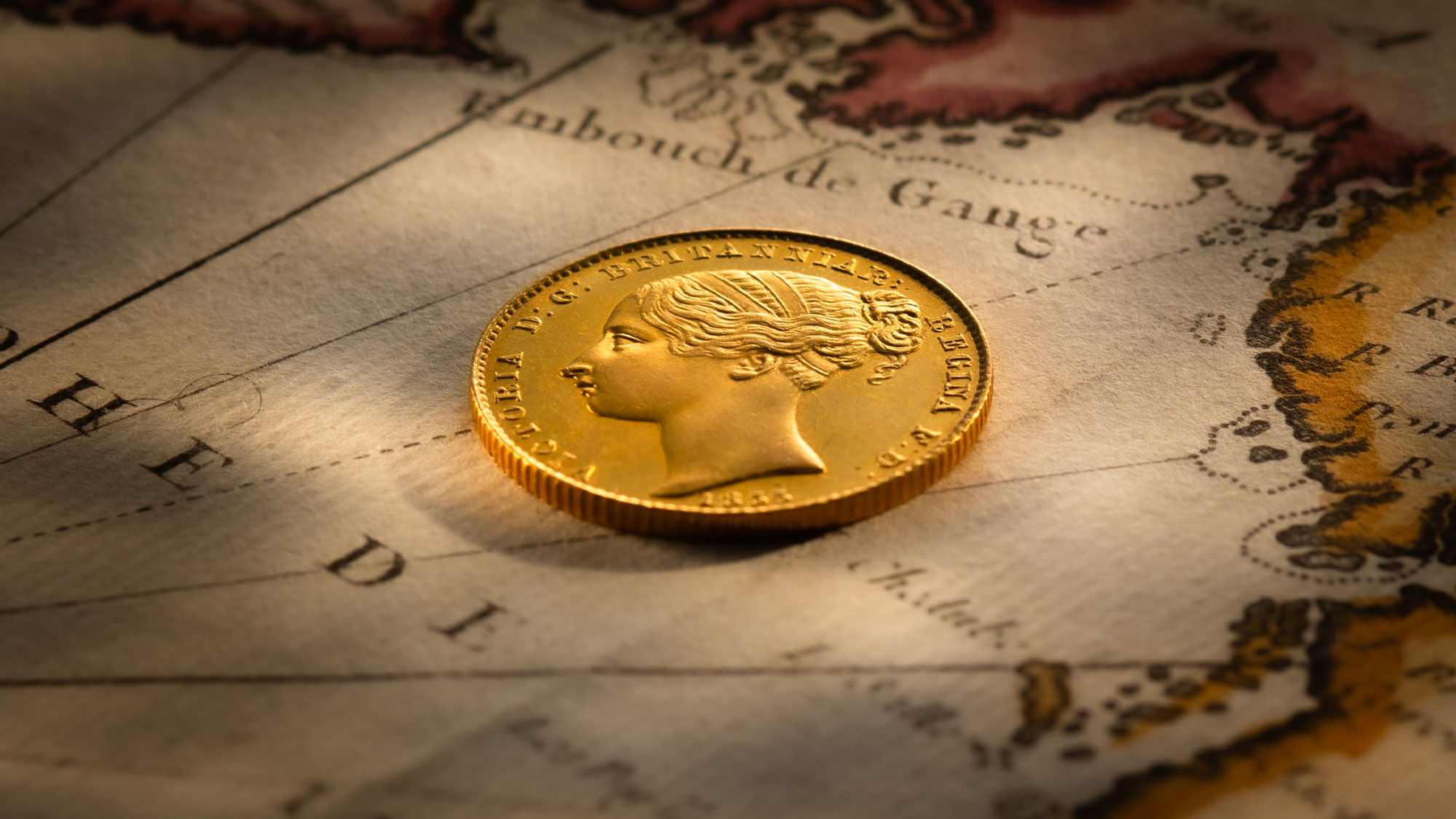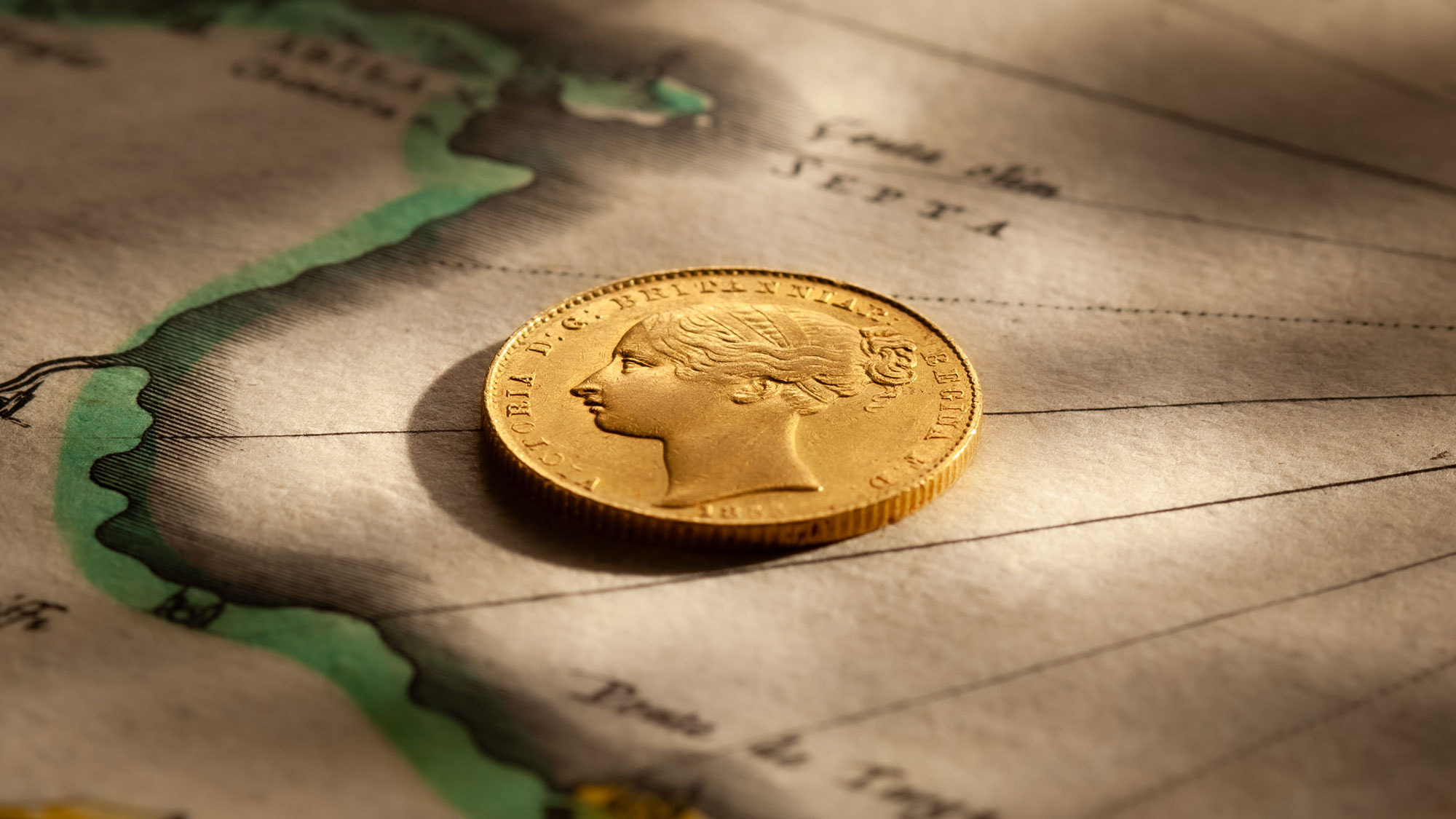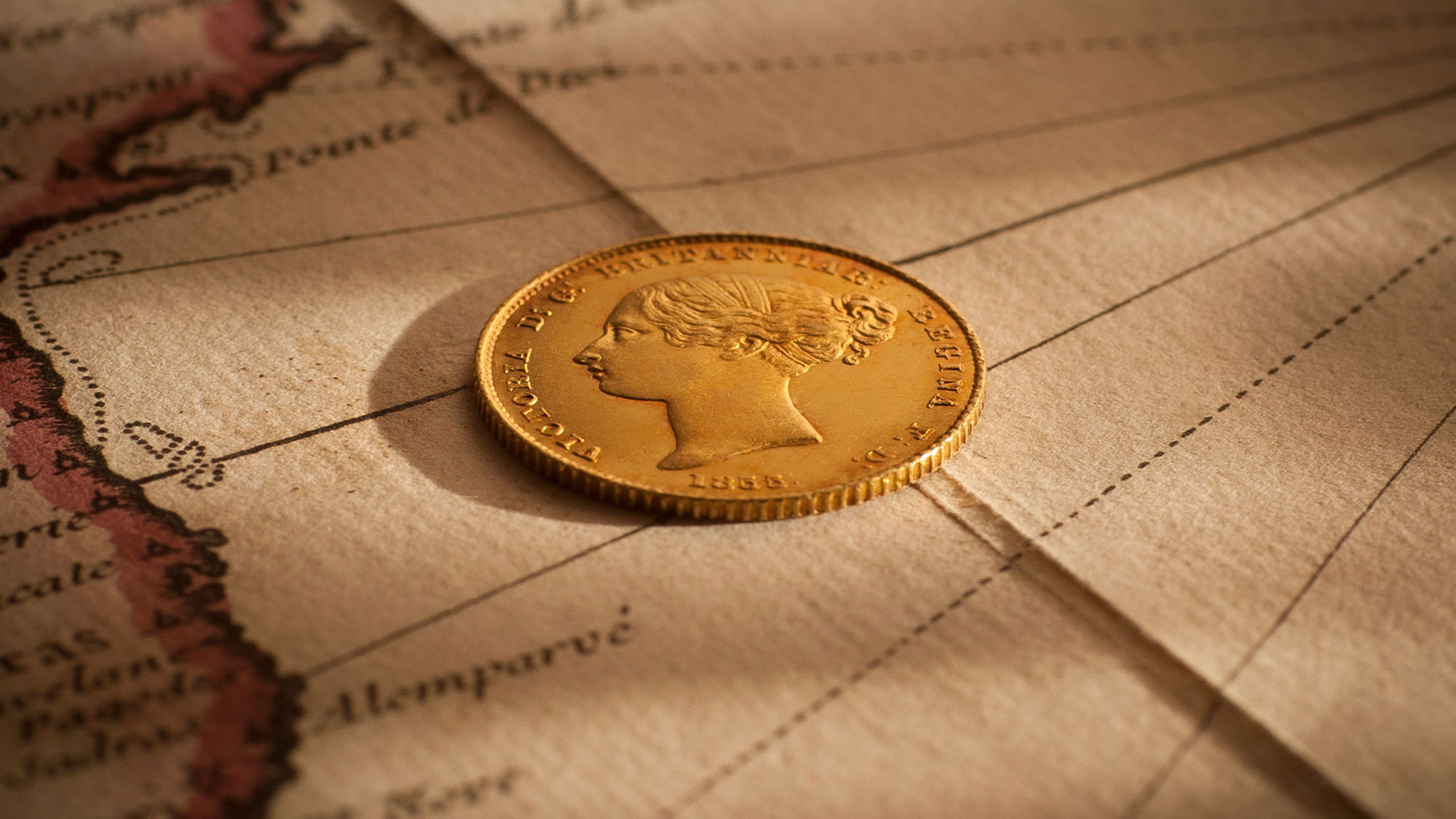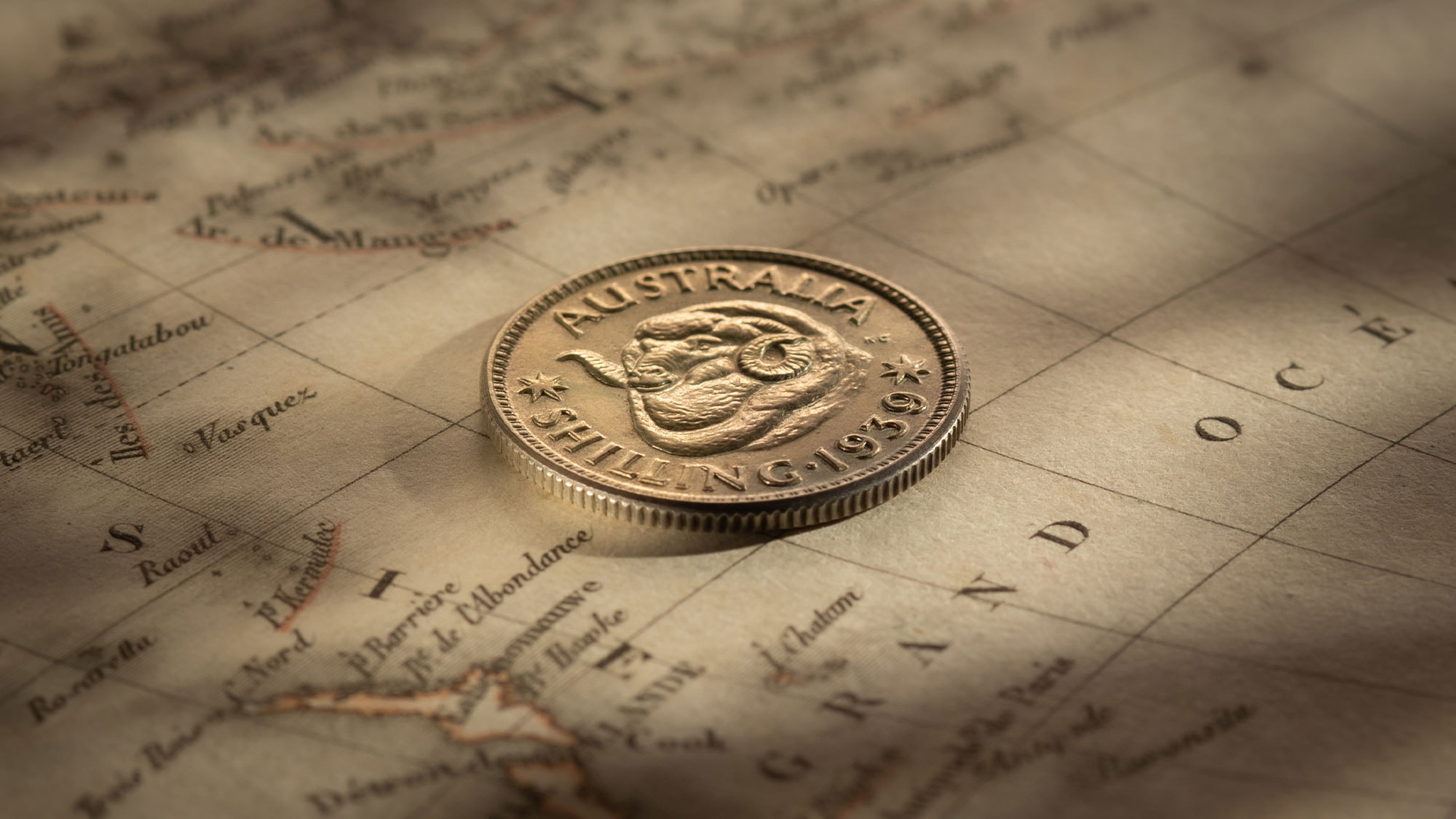The Sydney Mint was established in 1855 as the nation's very first mint, striking Australia's sovereigns and half sovereigns. It was the very first overseas branch of the Royal Mint London.
The Sydney Mint began striking Australia's silver Commonwealth coins in 1921. The foray into minting the nation's Commonwealth coins was a short one. The mint went broke and ceased operations in 1926.
The Melbourne Mint was established in 1872 also as an overseas Branch of the Royal Mint London and again, the purpose was to strike sovereigns and half sovereigns.
In 1916, the Melbourne Mint diversified its gold coin repertoire, and while continuing to strike sovereigns and half sovereigns, it also minted coins of the newly formed Commonwealth of Australia. The Melbourne Mint ceased its coining operations in 1964.
In keeping with Royal Mint traditions, the Melbourne Mint and Sydney Mint struck proof coins, be they gold, silver or copper. They are collectively referred to as Coins of Record.
The term, COIN OF RECORD, is to a large extent self-explanatory. It is a coin that has been minted to put on record a date. Or to record a design.
What is not self-explanatory is that Coins of Record were struck as presentation pieces, to proof quality. And were struck in the most minute numbers, thereby satisfying the requirements of the mint rather than the wants of collectors.
Forget the notion of striking one thousand proofs, as collectors are accustomed to today. Let's talk about striking ten coins ... or maybe less!
For today’s collectors the Coins of Record offer a wonderful link to the past and are extremely rare, two reasons that make them so popular.
One of Australia’s most famous Coins of Record - struck in silver - is the Proof 1921 Star Shilling, shown top left. It is iconic, one of Australia’s rarest shillings struck at the Sydney Mint from dies produced at the Royal Mint London.
Apart from an extremely low mintage of circulation coins, two proof pieces were produced. One is held in the Museum of Victoria. The second piece is held by a private collector.
There was no commercial angle in the production of Coins of Record. The mints were not out to make money from the exercise. Quite the reverse, striking a proof coin in our pre-decimal era was a very labour intensive (and hence costly) exercise that would have dented the mints annual budget quite considerably. The prime reason why so few coins were struck.

